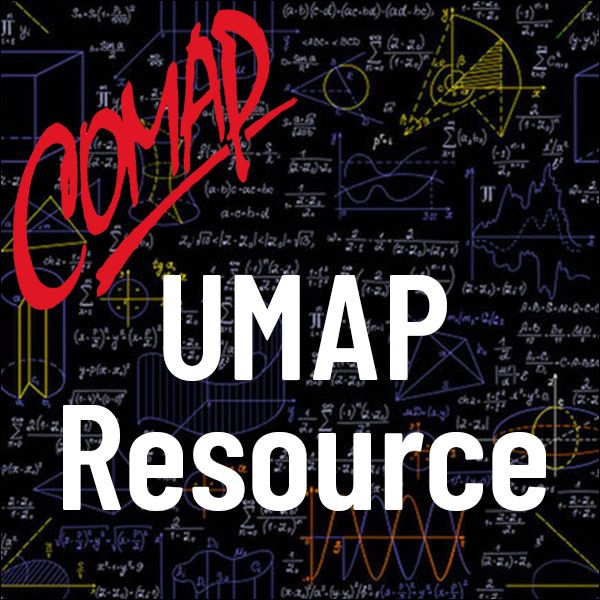Policy Modeling
Author: Chris Arney and Kathryn Coronges
Modeling is equally important in social science as it is in physical science.
Introduction
We recently heard a colleague explain why mathematics and modeling are so important for interdisciplinary problem solving. The elegance of his comment struck us with great force: "Mathematics is part of everything, but it is also only a part of everything."He was speaking about applications and problem solving, so we took "mathematics" to mean "modeling." Real-life problem solving is inherently interdisciplinary: It relies on combining concepts,models,methods, knowledge, and perspectives of various disciplines in sciences, humanities and arts. Of course, solving problems in their pure disciplinary form can be both challenging and important, though some realism must be assumed away to constrain problem solving to stay within disciplinary boundaries.
That disciplinary focus is an important element of education. It gives rise to an organized set of departments, courses, and topics that can be structural, sequential, and assessable. However, real problems are unaware of these artificial disciplinary boundaries. So, to develop students who are prepared to solve real-world problems, disciplinary problem solving must be supplemented with broader, less restricted, more interdisciplinary and realistic problem solving. Good educational programs offer students exposure to both disciplinary and interdisciplinary modeling and problem solving opportunities-and that is where opportunities such as the Interdisciplinary Contest in Modeling (ICM) play a role.

Mathematics Topics:
Application Areas:
You must have a Full Membership to download this resource.
If you're already a member, login here.